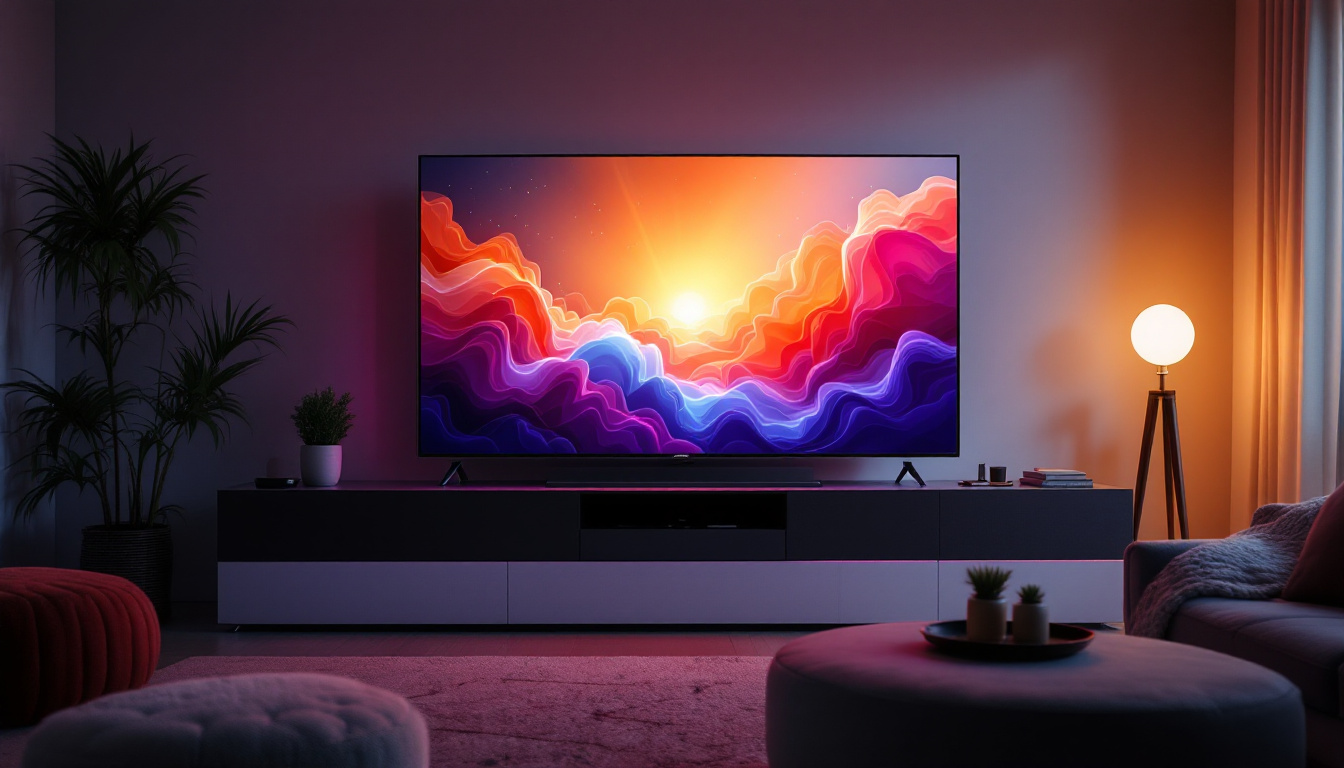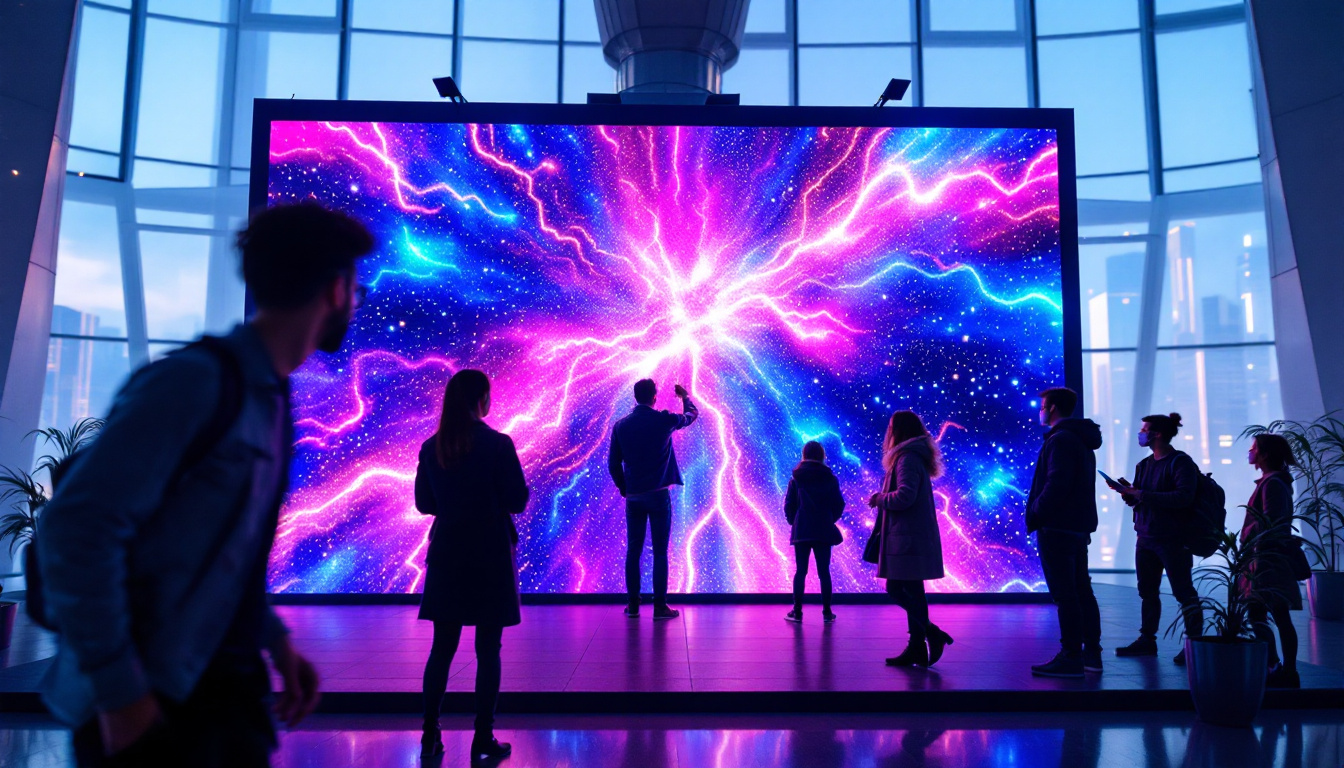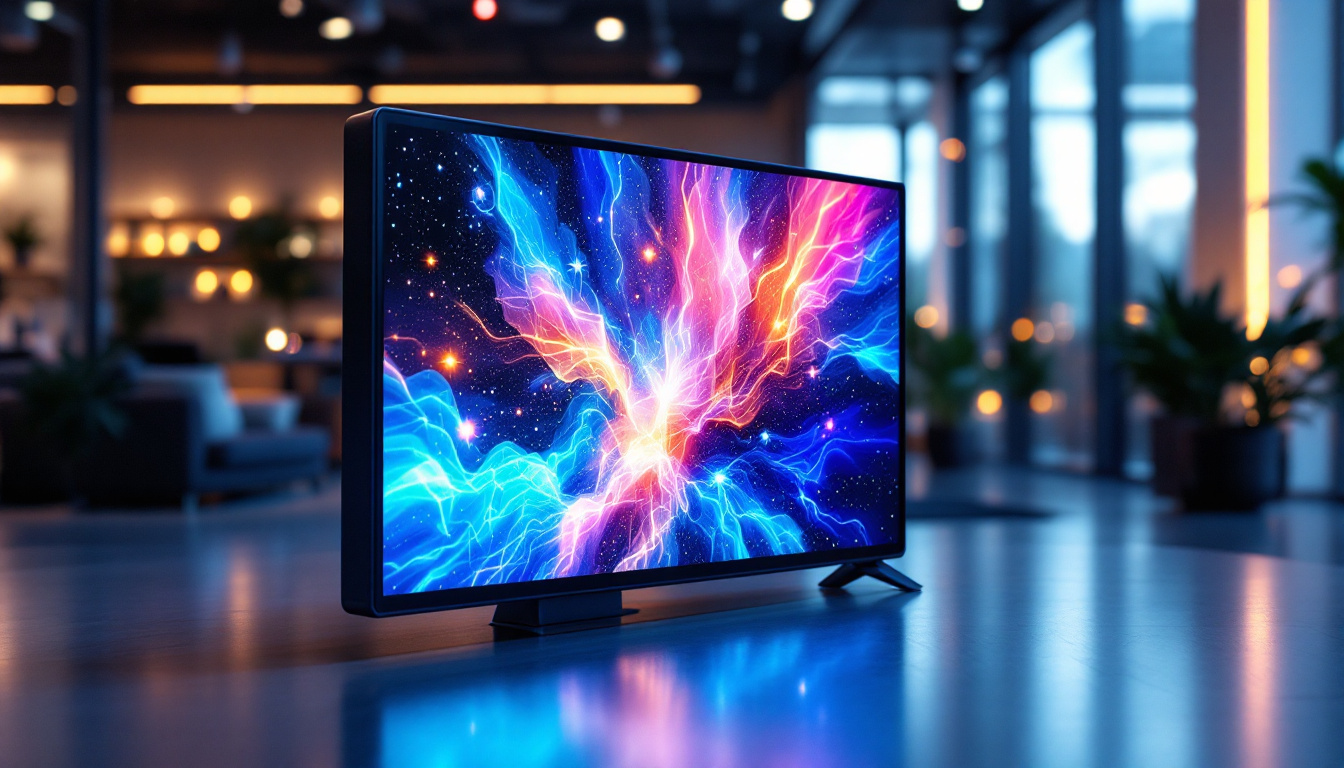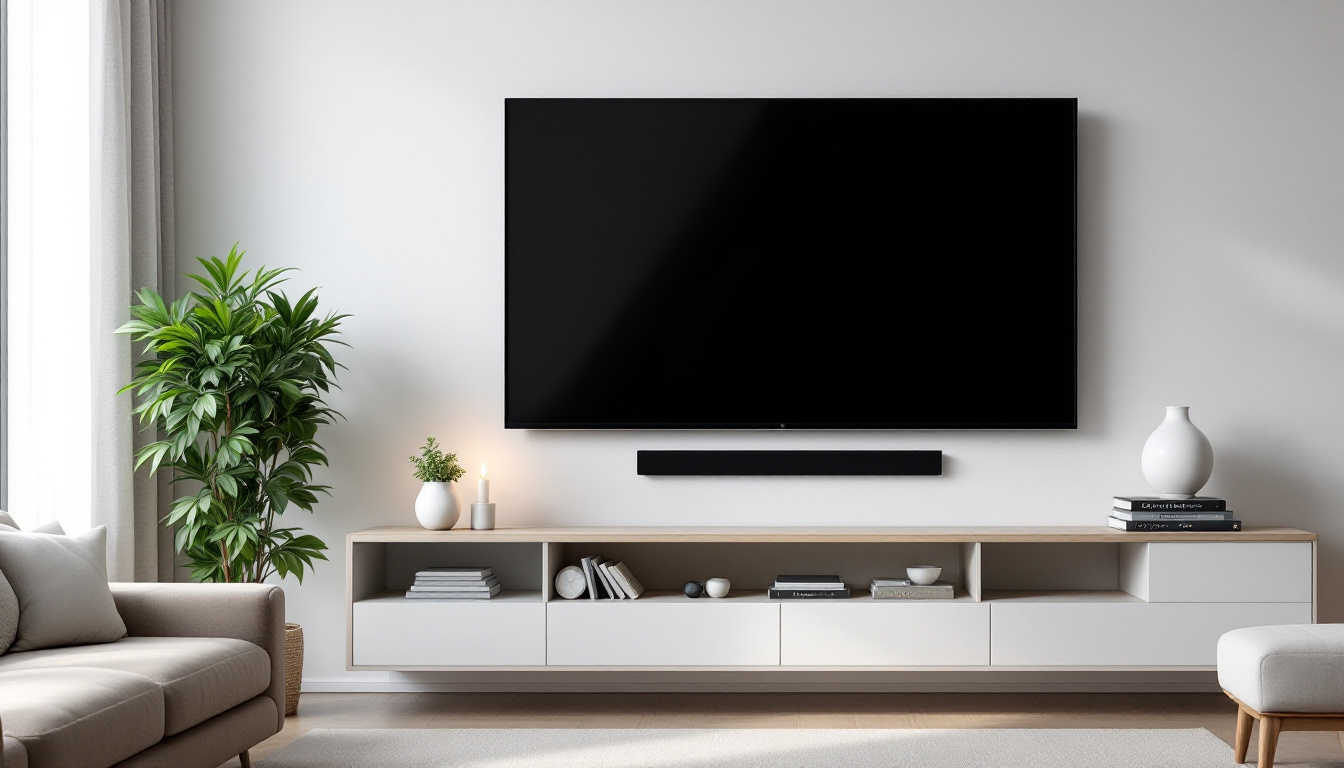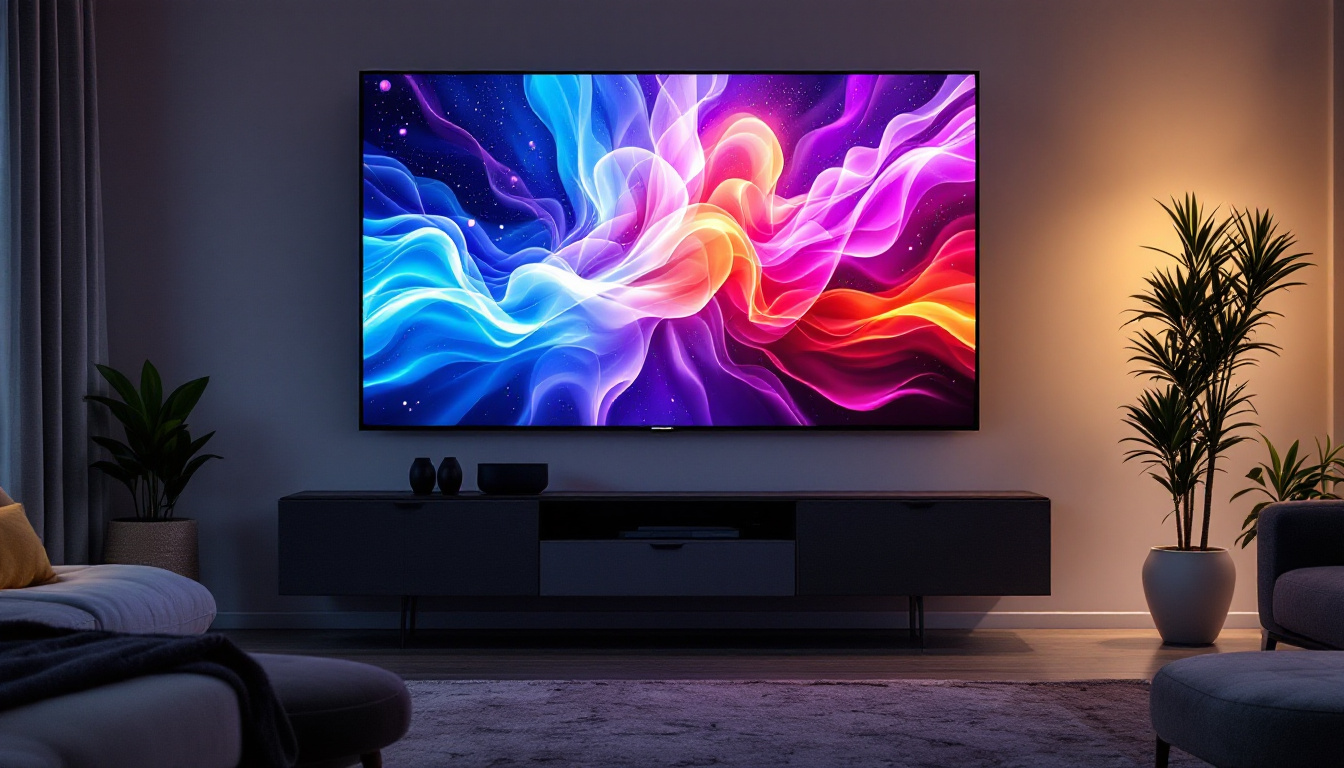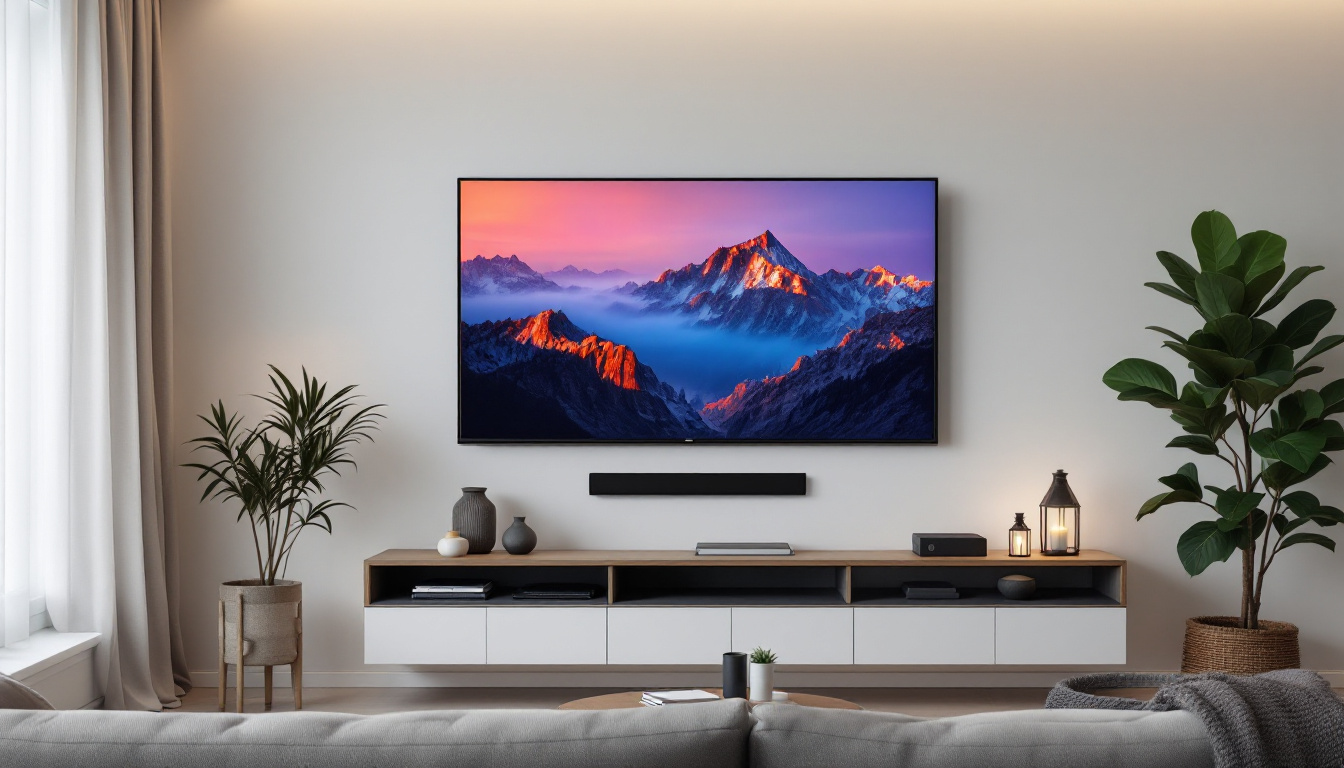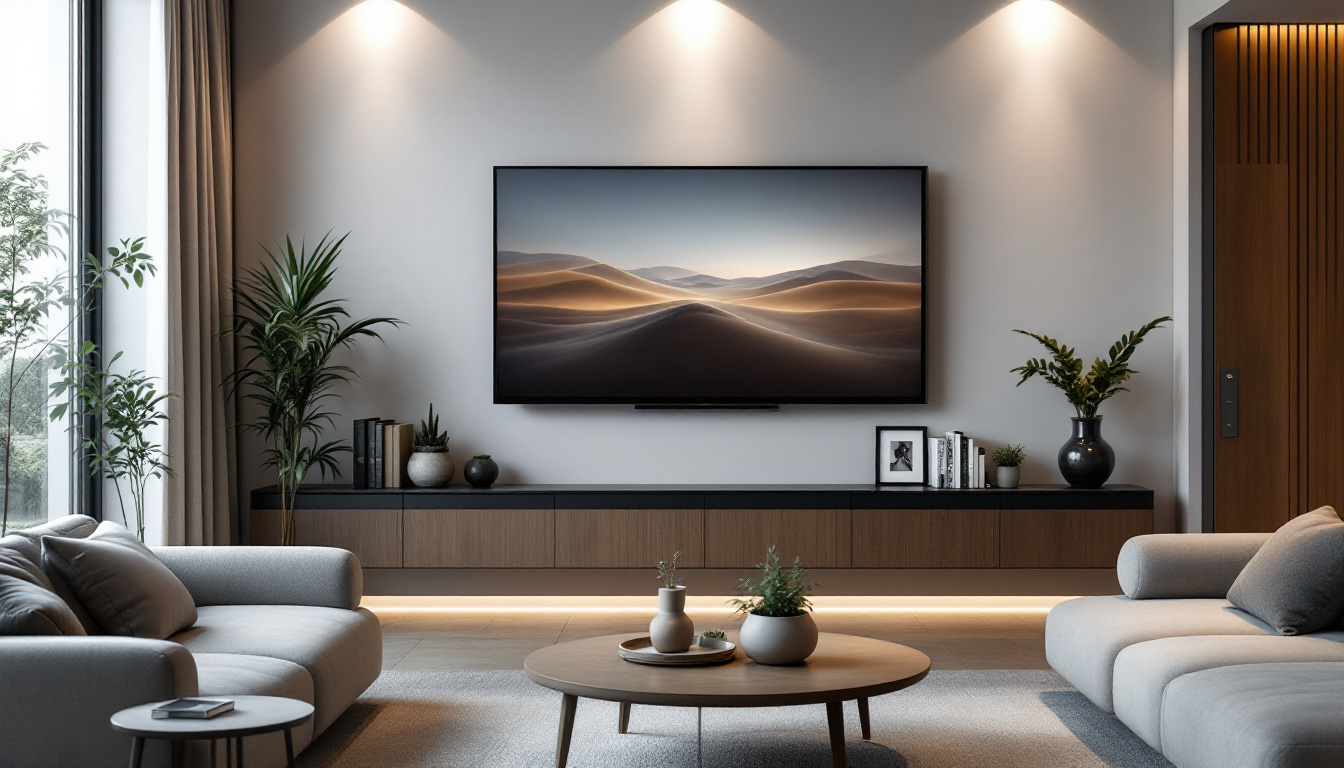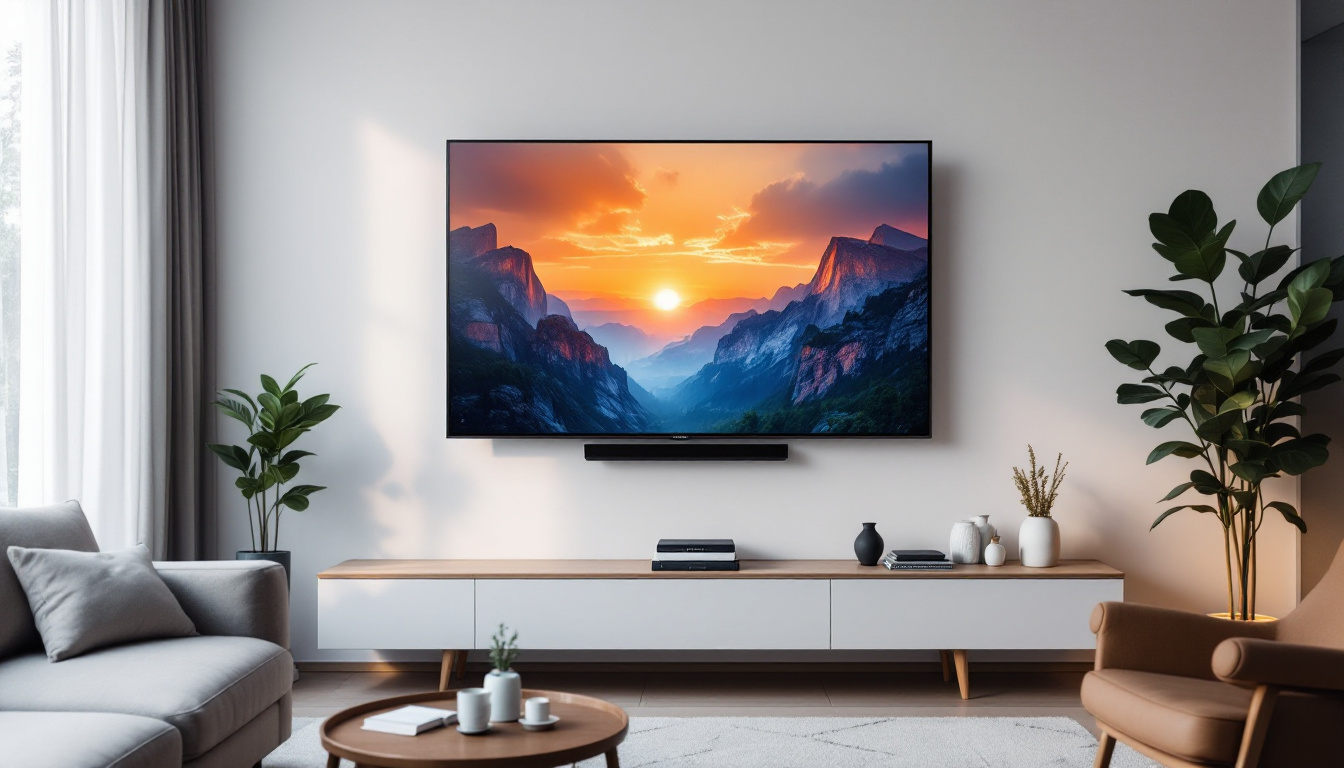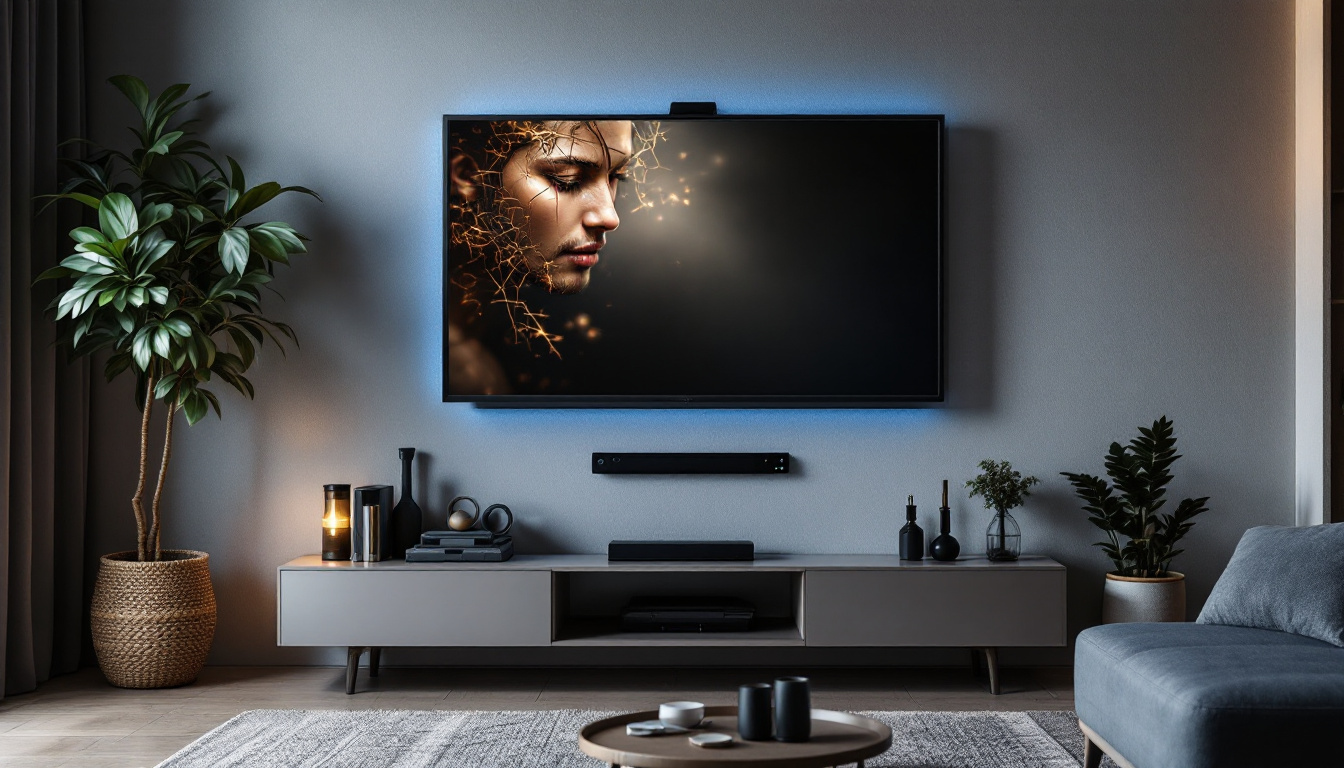In the realm of modern technology, the visual experience has become a cornerstone of productivity and entertainment. The advent of LED displays has revolutionized the way users interact with their devices, providing brighter, sharper, and more energy-efficient screens. At the heart of this transformation is the Video Electronics Standards Association (VESA), an organization that plays a crucial role in standardizing display technologies. This article delves into the significance of VESA in monitor technology and explores the intricacies of LED displays.
Understanding VESA: The Backbone of Display Standards
The Video Electronics Standards Association (VESA) was established in 1989 with the mission of promoting and developing standards for the display industry. VESA’s guidelines ensure compatibility and interoperability among various devices, which is essential for consumers and manufacturers alike.
The Role of VESA in Display Technology
VESA’s influence extends across a wide range of display technologies, from computer monitors to televisions. One of its most notable contributions is the development of the DisplayPort standard, which allows for high-definition video and audio transmission between devices. This standard has become increasingly important as the demand for higher resolutions and refresh rates grows. With the rise of 4K and even 8K displays, DisplayPort has proven to be a vital component for delivering the necessary bandwidth, ensuring a seamless viewing experience for users.
Moreover, VESA is responsible for the creation of mounting standards, such as the VESA Mounting Interface Standard (MIS). This standard enables users to easily mount their monitors on walls or adjustable stands, enhancing ergonomics and saving valuable desk space. The flexibility provided by VESA mounts not only contributes to a more organized workspace but also allows for customizable setups that can cater to individual preferences, whether for gaming, design work, or general productivity.
Key VESA Standards for Monitors
Several key standards set forth by VESA have become essential in the monitor industry. These include:
- DisplayPort: A digital display interface that supports high resolutions and refresh rates, crucial for gaming and professional applications.
- VESA Mounting Interface Standard: A universal mounting standard that allows for versatility in monitor placement.
- Adaptive-Sync: A technology that synchronizes the refresh rate of the monitor with the frame rate of the graphics card, reducing screen tearing and stuttering.
In addition to these standards, VESA has also introduced the DisplayHDR certification, which defines the performance requirements for high dynamic range (HDR) displays. This certification ensures that monitors can deliver a wider range of colors and brightness levels, enhancing the visual experience for users. As HDR content becomes more prevalent in gaming and streaming, DisplayHDR compliance has become a key consideration for consumers looking to upgrade their display technology.
Furthermore, VESA is actively involved in the development of standards for emerging technologies, such as USB-C connectivity for displays. This standard not only simplifies the connection process by combining power, data, and video into a single cable but also supports features like daisy chaining multiple monitors. As the industry continues to evolve, VESA’s commitment to innovation ensures that it remains at the forefront of display technology, adapting to the needs of both manufacturers and end-users.
LED Displays: A Technological Marvel
Light Emitting Diode (LED) displays have become the preferred choice for both consumers and professionals due to their superior performance and efficiency. Unlike traditional LCDs that rely on fluorescent backlighting, LED displays utilize tiny semiconductor diodes to produce light, resulting in a brighter and more vibrant image. This advancement in display technology has revolutionized the way we experience visual content, from everyday television watching to high-end professional applications like graphic design and video editing.
The Advantages of LED Technology
LED displays offer several advantages over their counterparts, making them a popular choice in various applications:
- Energy Efficiency: LED displays consume significantly less power than traditional displays, contributing to lower energy bills and a reduced carbon footprint. This efficiency is particularly beneficial in large-scale installations, such as stadiums and shopping malls, where the cumulative savings can be substantial.
- Color Accuracy: The ability of LEDs to produce a wider color gamut allows for more accurate and vibrant colors, enhancing the viewing experience. This is especially important for photographers and videographers who require precise color representation in their work.
- Longevity: LED displays have a longer lifespan compared to traditional LCDs, reducing the need for frequent replacements. With lifespans often exceeding 50,000 hours, users can enjoy their displays for years without significant degradation in quality.
Types of LED Displays
LED technology is not a one-size-fits-all solution; there are several types of LED displays tailored for different needs:
- Direct LED: In this configuration, LEDs are placed directly behind the screen, providing uniform brightness and contrast. This type is ideal for environments where consistent image quality is paramount, such as in medical imaging or high-end home theaters.
- Edge-Lit LED: LEDs are placed along the edges of the screen, allowing for thinner displays. However, this can sometimes lead to uneven brightness. Despite this drawback, edge-lit displays are popular for their sleek design and are commonly found in modern televisions and monitors.
- Mini LED: A newer technology that utilizes smaller LEDs for backlighting, resulting in improved contrast and color accuracy. Mini LED displays are gaining traction in the market, particularly in premium devices, as they provide a more immersive viewing experience with deeper blacks and brighter highlights.
In addition to these types, the evolution of LED technology has also led to the development of MicroLED displays, which utilize micro-sized LEDs to create self-emissive pixels. This innovation promises even greater color accuracy and energy efficiency, while also allowing for flexible and scalable display configurations. As the technology continues to advance, we can expect to see even more applications, from wearable devices to large-scale outdoor advertising, further integrating LED displays into our daily lives.
Moreover, the integration of smart technology with LED displays has opened up new possibilities for interactivity and connectivity. Many modern LED displays come equipped with features such as touch sensitivity, voice control, and internet connectivity, allowing users to engage with content in innovative ways. This has transformed not only personal entertainment but also educational environments, where interactive displays can enhance learning experiences through dynamic presentations and real-time collaboration.
How VESA Standards Enhance LED Display Performance
The integration of VESA standards in LED displays has significantly improved their performance and usability. By adhering to these standards, manufacturers can ensure that their products meet industry benchmarks, providing users with a reliable and high-quality experience.
DisplayPort and LED Displays
One of the most impactful standards for LED displays is DisplayPort. This interface supports high resolutions and refresh rates, making it ideal for gaming and professional applications where visual fidelity is paramount. The latest versions of DisplayPort can handle 8K resolutions at 60Hz, ensuring that users can enjoy crystal-clear images without lag.
Furthermore, DisplayPort supports features such as Adaptive-Sync, which is crucial for gamers. By synchronizing the monitor’s refresh rate with the graphics card’s frame rate, it eliminates screen tearing and stuttering, resulting in a smoother gaming experience.
VESA Mounting Standards and Ergonomics
The VESA Mounting Interface Standard has transformed how users interact with their monitors. By allowing for easy mounting options, users can adjust their display height and angle, promoting better ergonomics and reducing strain on the neck and eyes. This is particularly important in professional settings where individuals may spend long hours in front of a screen.
Moreover, the flexibility provided by VESA mounts enables users to create multi-monitor setups, enhancing productivity and multitasking capabilities. This adaptability is especially beneficial for graphic designers, video editors, and gamers who require expansive screen real estate.
The Future of LED Displays and VESA Standards
As technology continues to advance, the future of LED displays looks promising. Innovations such as MicroLED and OLED technology are emerging, offering even greater color accuracy and contrast ratios. VESA is likely to play a pivotal role in standardizing these new technologies, ensuring compatibility and performance across the board.
Emerging Technologies in Display Standards
With the rise of new display technologies, VESA is already working on standards that will accommodate these advancements. For instance, MicroLED technology, which promises to deliver superior brightness and color accuracy, will require new standards to ensure seamless integration with existing devices.
Additionally, as virtual and augmented reality technologies gain traction, VESA may develop standards that cater specifically to these applications, enhancing the user experience in immersive environments.
Environmental Considerations and Sustainability
As the world becomes more environmentally conscious, the display industry is also focusing on sustainability. VESA is likely to incorporate eco-friendly practices into its standards, promoting energy-efficient technologies and reducing waste in manufacturing processes. This shift not only benefits the environment but also appeals to consumers who prioritize sustainability in their purchasing decisions.
Conclusion: The Impact of VESA on LED Displays
The Video Electronics Standards Association has been instrumental in shaping the landscape of monitor technology, particularly in the realm of LED displays. By establishing standards that promote compatibility, performance, and ergonomics, VESA has enhanced the user experience and driven innovation in the industry.
As LED technology continues to evolve, VESA’s role will remain crucial in ensuring that consumers benefit from the latest advancements while maintaining a focus on sustainability and usability. The future of displays is bright, and VESA is at the forefront of this exciting journey.
Discover Cutting-Edge LED Display Solutions with LumenMatrix
As you embrace the future of LED displays guided by VESA standards, explore how LumenMatrix is at the forefront of this technological evolution. With a commitment to innovation and quality, LumenMatrix offers a diverse range of LED display modules designed to transform your visual communication and captivate your audience. From Indoor and Outdoor LED Walls to specialized solutions like Vehicle Displays and Transparent LEDs, our products are crafted to deliver unparalleled brand visibility and engaging experiences. Ready to revolutionize your space with advanced LED technology? Check out LumenMatrix LED Display Solutions and see the difference for yourself.

















